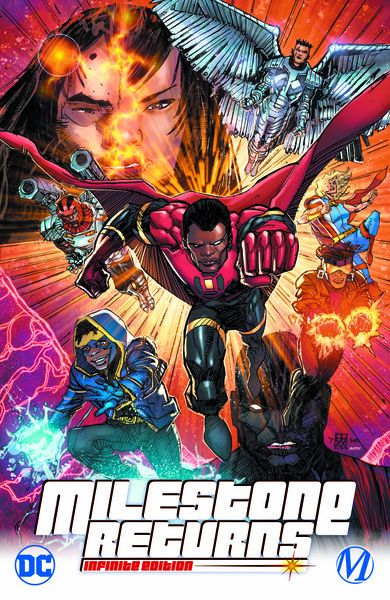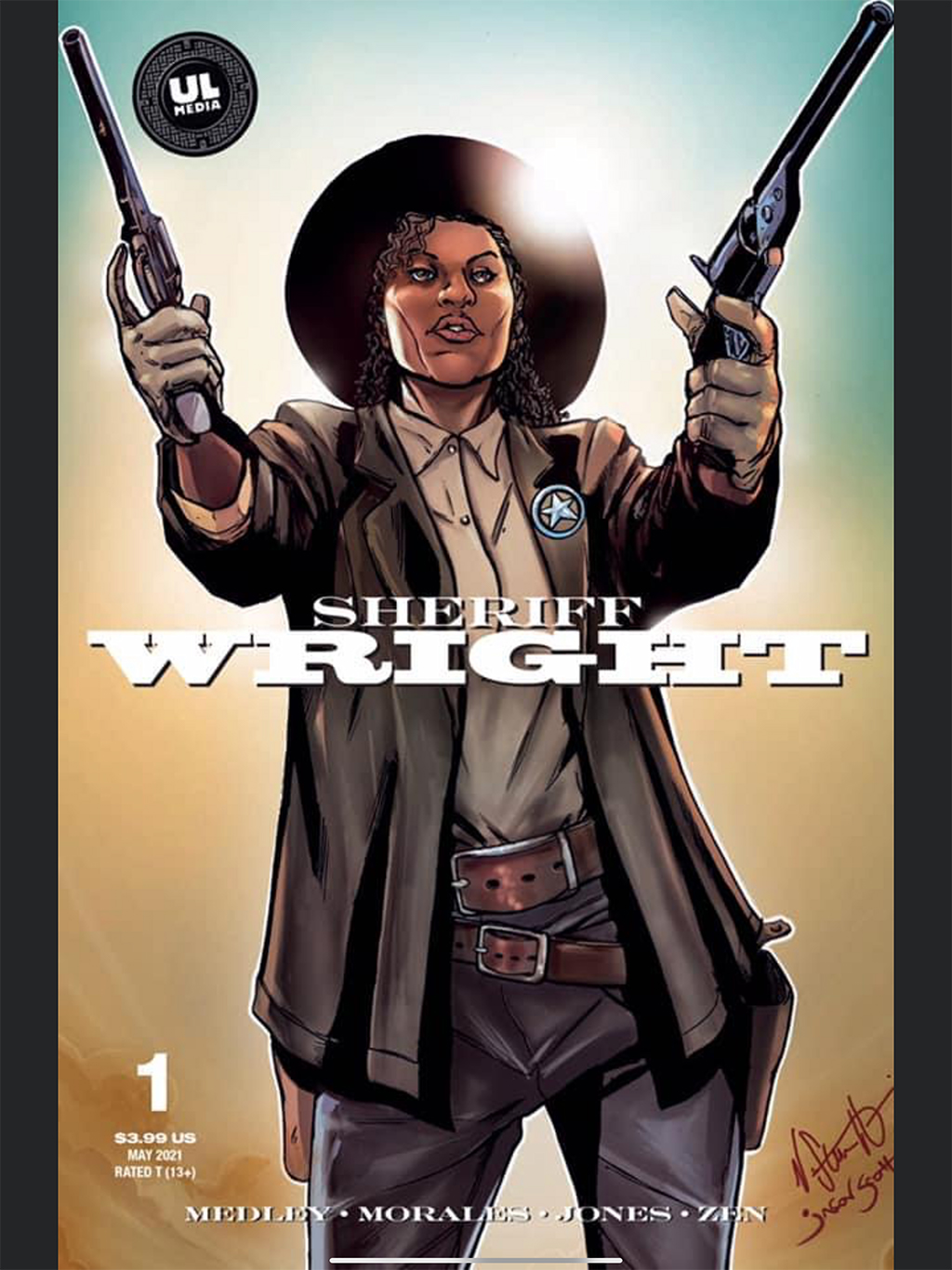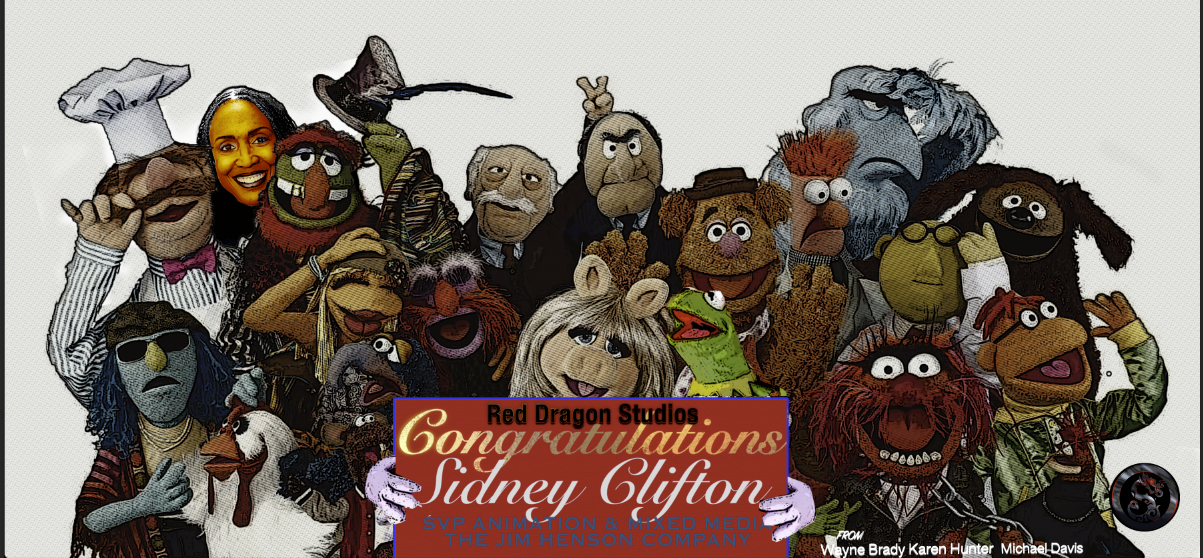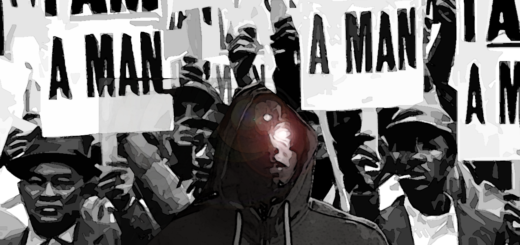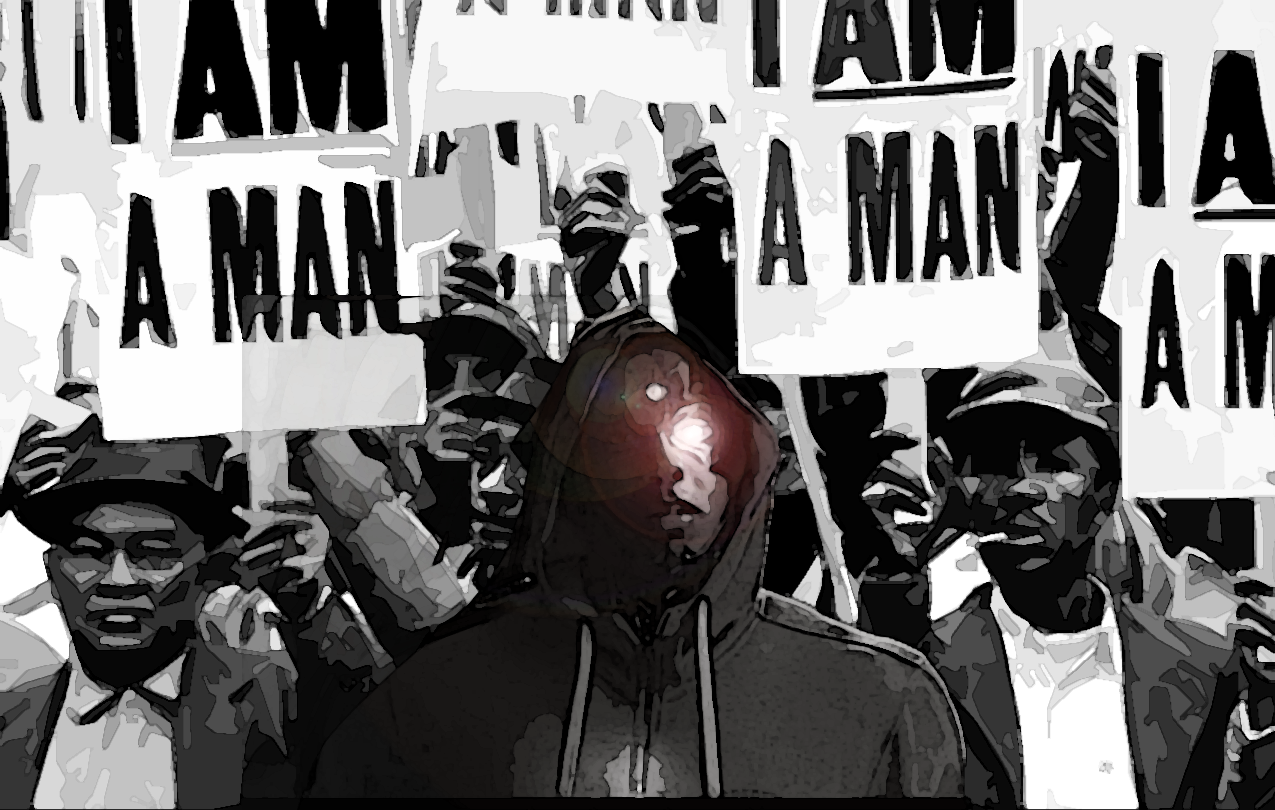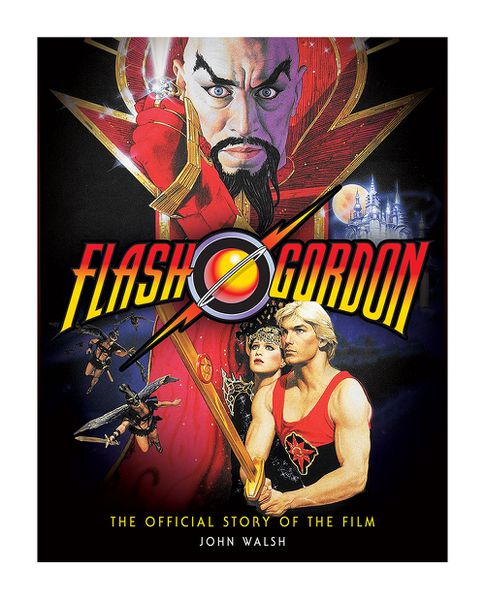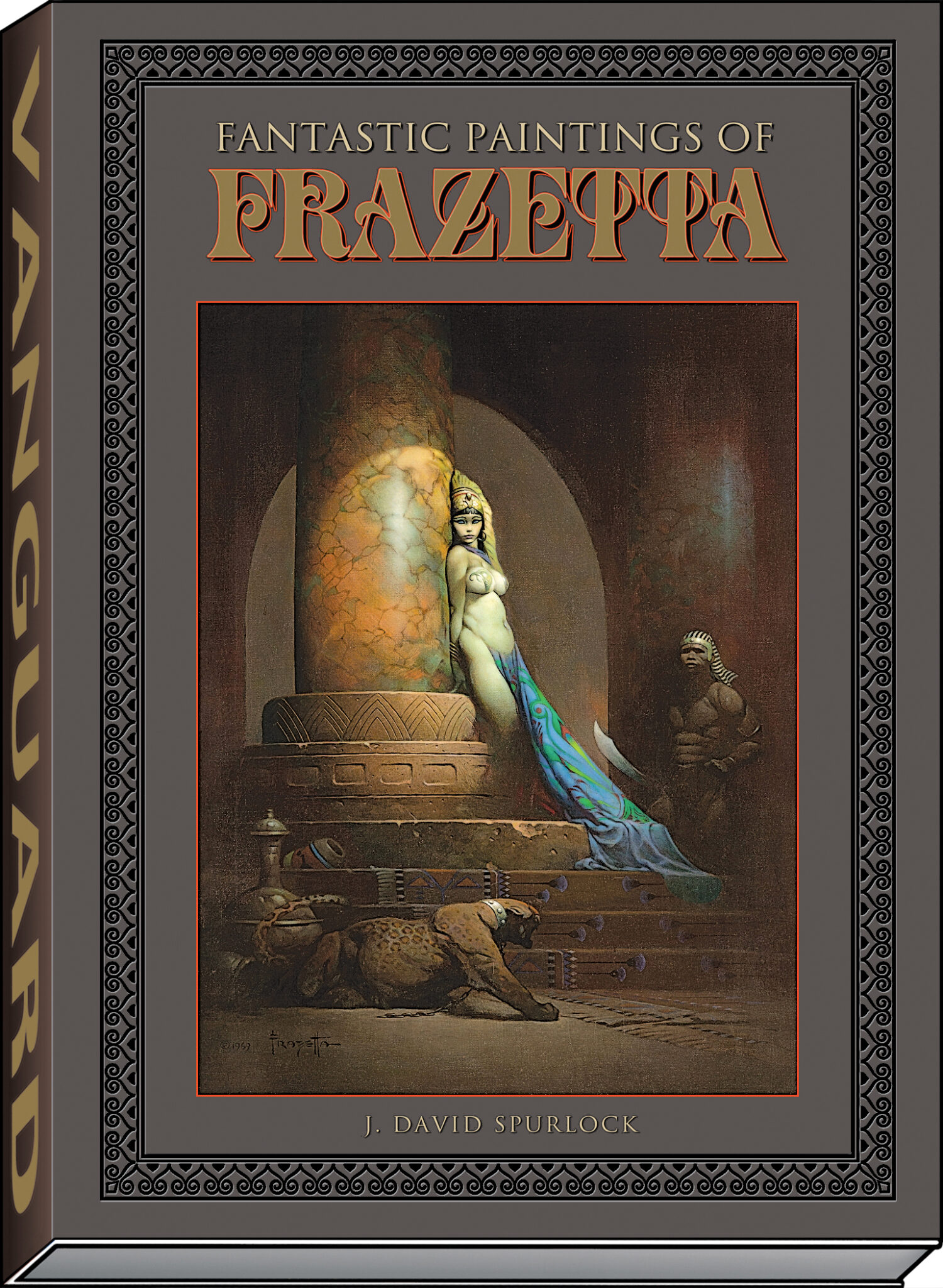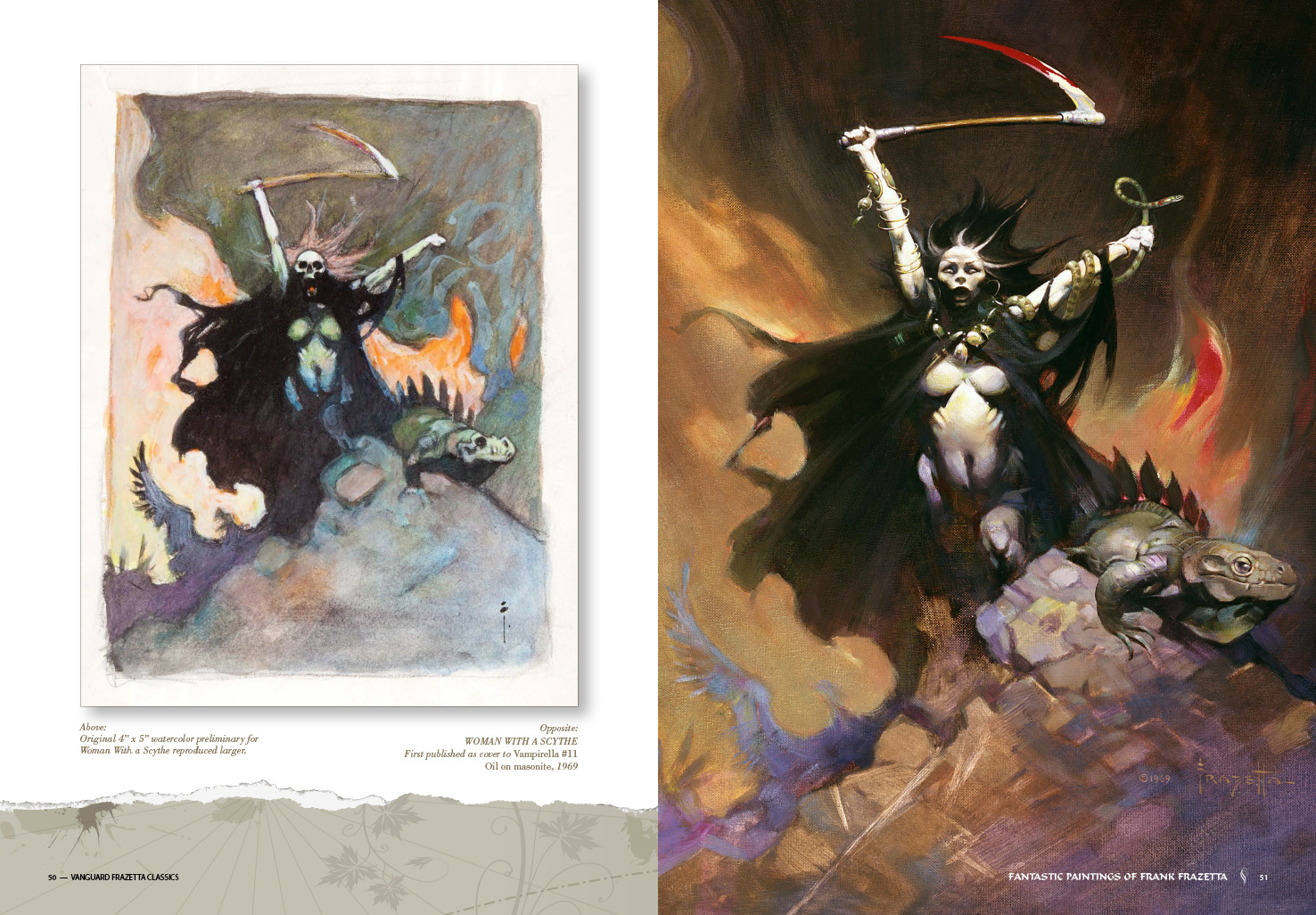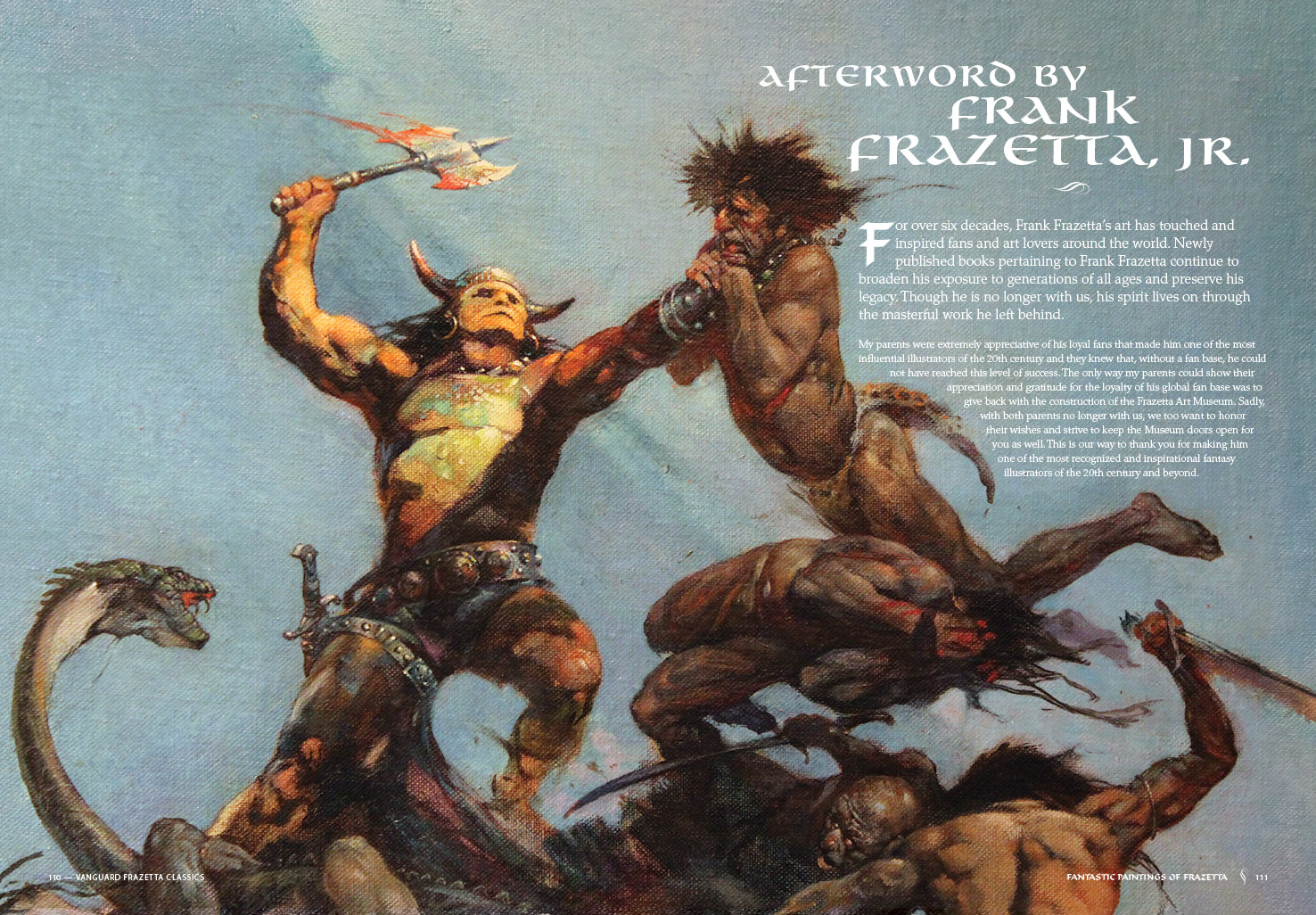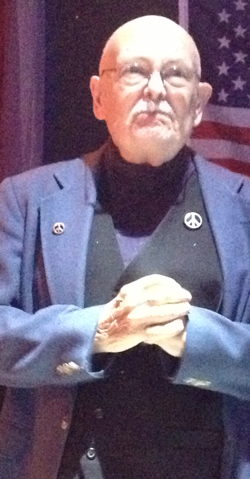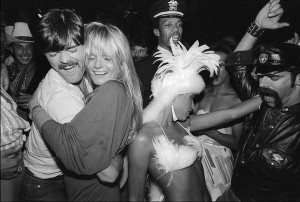THE LAW IS A ASS #449: I SIC A POINT OF LAW ON ISAAC
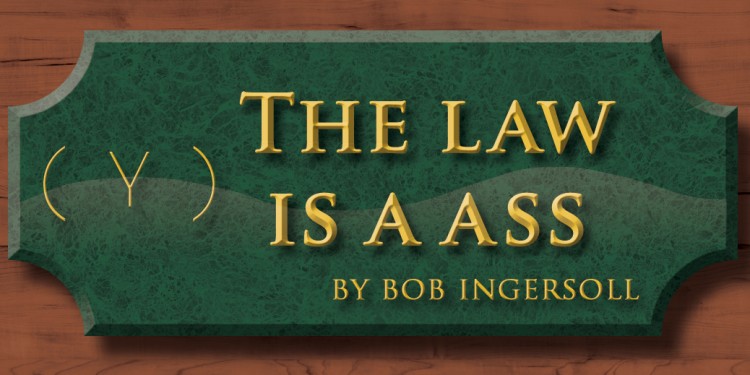
You’d think that during a global pandemic and months-long, not-going-anywhere, national lock down, I’d have found time to write a column or ten. Who knew planning every trip, be it to the store or to the mail box, with the precision of the Normandy invasion could be so time consuming?
But now I’m trying to stretch those muscles again and hope I don’t pull something I haven’t used since the Big Bang was still a theory, not a TV show. So I think I’ll start with something easy until muscle memory sets in.
“A Loint of Paw” is a short short written by Isaac Asimov in 1957. By short short I don’t mean a costume from a 1987 Nair commercial featuring a fashion trend that keeps coming back every time it goes out of style. Some might say it’s passé aggressive. (And if you think I’m going to apologize for that , look down five more paragraphs.) No, this short short happens to be an exceedingly short short story.
“A Loint of Paw”, all four hundred fifty-nine words of it, is a science fiction story about a man named Montgomery Harlow Stein who stole more than $100,000 through fraud, then hopped into a time machine and emerged seven years and one day after the robbery. When he was tried for his crime, he argued that the seven-year statute of limitations on his crime had lapsed, so the state could not prosecute him.
After back-and-forth arguments between the prosecution and the defense and a week’s worth of deliberations by Judge Neville Preston, Montie Stein won. The judge held that the statute of limitations had expired which did, indeed, preclude his prosecution.
End of story.
Of course there’s more to the story. Not much more. Just the final sentence. But what a final sentence!
The whole story was a four hundred fifty-three word set up to a six-word pun. A wonderful pun. No, I’m not going to tell you what that pun was. You’ll have to read, and enjoy, it for yourself. But I will share with you Dr. Asimov’s footnote to the story, “If you expect me to apologize for this, you little know your man. I consider a play on words the noblest form of wit, so there!”
I knew there was a reason I liked his stories.
So yes, inveterate punster that I am, I can appreciate the story for the shaggy dog story that it was. Unfortunately, I can’t appreciate it for what it wasn’t, namely an accurate portrayal of the law on the statute of limitations. The story suggests that Judge Preston may “have been swayed in his way of thinking by the irresistible impulse to phrase his decision as he did.” Maybe, but I hope not. That would make Judge Preston a particularly bad judge for ignoring the law just to make a pun. I pepper my prose with more puns than is prudent, but I don’t misstate the law, just so I can make a pun.
Statutes of limitations are statutes (you probably guessed that from the name) which prevent the government from charging a person with a crime, if the prosecution is not started within a certain time period. Basically from the time the crime is committed or discovered, a statute of limitation clock starts ticking. Say the statute of limitations for the crime is seven years (as it was in “Loint of Paw”), then if the state does not bring the criminal to trial within seven years, it cannot bring the criminal to trial at all.
The reason behind the statute of limitations is that over time, witness memories fade. If that period of time happens to be a number of years, said memories tend to fade a lot. Moreover during those passing years, important evidence could be lost or necessary witnesses become unavailable because they moved or died or lost their minds binging Tiger King. So bringing a defendant to trial beyond the statute could well subject said defendant to an unfair trial in which the defendant could not defend him or herself.
“A Loint of Paw” was set in New York state, where, according to New York Criminal Procedure Law § 30.10(2)(b), the statute of limitations is five years. The story indicates that the statute of limitations is seven years, not five. But the story is set in the years 3004 and 3011. I’m assuming that in the 983 years between now and Mr. Stein’s crime, New York amended the law to expand the limitation period to 7 years. (A safe assumption; when has a legislative body ever left anything well enough alone?)
Anyway, if New York didn’t commence its prosecution of Montie Stein within the seven years set out in the statute of limitations, it couldn’t prosecute him at all. As Montie was traveling through, as the story put it, the Fourth Dimension, for seven years and one day – one day beyond the NY statute of limitations – it is obvious that New York didn’t bring Montie to trial within those seven years.
So Judge Preston was correct in ruling that New York couldn’t prosecute Montie, right?
You probably know me well enough by now to realize that was a trick question and the answer is no. But why is the answer no? Ah— there’s the stuff that columns are made on.
According to the story, some people believed Judge Preston came to the decision he reached, because he wanted to phrase his decision in the form of a pun. But whatever the reason, when Judge Preston made his ruling, he only applied the first part of the statute of limitations statute and completely ignored the whole second part of the statute.
Was that part of the statute important? Does a bear get fit in the woods?
CPL § 30.10(4)(a), the all-important second part of the statute – well, all important to everyone other than Judge Preston – reads, “Any period following the commission of the offense during which (I) the defendant was continuously outside this state or (ii) the whereabouts of the defendant were continuously unknown and continuously unascertainable by the exercise of reasonable diligence, is not included in the statutory limitation time period (emphasis added).” What does this mean? Basically, it means that if the defendant goes on the lam or hides, the statute of limitations is tolled and all of the time the defendant spends lamming or hiding doesn’t count against the government.
Tolling the statute of limitations is something smart states write into their statute of limitations laws. It’s something that even dumb states write into their statutes. It prevents criminals from fleeing the jurisdiction and hiding in a country that doesn’t have an extradition treaty with the United States, like Nogivebacistan, then claim the statutory time had run out while they were literally unavailable to the court.
In the same way, the seven years and one day in which Montie Stein was, by his lawyer’s own admission, “hiding in time” – hiding in the Fourth Dimension – would constitute time in which Stein was “continuously outside” New York and in which his “whereabouts… were continuously unknown and… unascertainable.”
By going into the Fourth Dimension, Montie Stein tolled the running of the statute of limitations. Tolled it for all seven years and one day during which he was in the Fourth Dimension. The ticking clock had stopped ticking and didn’t start ticking again until Montie came out of the Fourth Dimension.
Not only had the statutory period not expired, the state actually had all seven years of it left to it. The state could have let Montie rot in jail for six years just to get back at him for being a dick and then brought him to trial without implicating the statute of limitations.
Let this be a lesson to you. Don’t commit a crime then go hide for several years and think that when you come out of hiding, you can’t be prosecuted because the statute of limitations has run out. That plan won’t work and I don’t want to have to be an I tolled you so.


